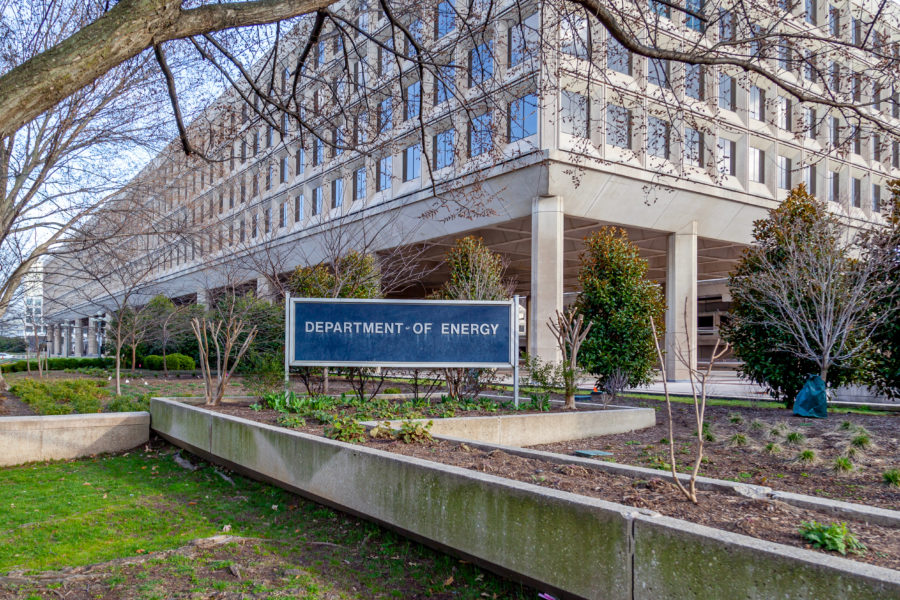Rising costs and labour shortages among biggest risks for oilsands sector: Ernst and Young

CALGARY, Aug. 29, 2011 /CNW/ – Climbing labour, service and commodity costs are driving early signs of cost inflation in the oilsands sector while environmental issues dominate the risks list, according to Ernst & Young’s recent report, Exploring the top 10 opportunities and risks in Canada’s oilsands.
An uncertain global economy, conflict in North Africa and the Middle East, supply and demand imbalances, crude price volatility and currency fluctuations are making it difficult for oilsands companies to plan and forecast accurately.
“This year we won’t see companies risking it all on single-stage capital intensive projects,” says Lance Mortlock, Senior Manager in Ernst & Young’s Oil & Gas practice. “While companies are still spending the same capital, many are concentrating on decoupling the value chain by moving away from fully integrated projects and completing segments in smaller incremental phases.”
Oilsands bitumen production is expensive by nature, and building upgraders are just as costly. So rather than building and maintaining both, some companies are taking ownership of one operation and alleviating costs and risks through collaboration on the other.
The price of steel alone, one of the primary material input for oilsands projects, has gone up 30% since 2010 and continues to climb. Low unemployment rates in the sector are also expected to further drive labour costs as numbers edge towards 2007-08 levels, when service costs escalated out of control.
“Companies need to abandon the boom and bust mindset and take a holistic approach to cost management and forge ahead with long-term investments,” says Mortlock. “Increased collaboration between industry players on new and innovative technologies can drive down costs, support improved recovery rates and mitigate environmental impact.”
Recycling water and reducing the size of tailing ponds (where waste material from processing collects) are just two examples of how oilsands companies are collaborating. Sharing technology through partnerships, joint ventures and consortiums will be the key to ensuring the ponds return to their natural state. Greenhouse gas emissions issues are also set to increase as in-situ production activity heats up.
“As global demand grows and the oilsands play a more prominent role in the energy mix, managing environmental challenges by acting responsibly and refocusing on energy efficiency and improved reservoir recovery processes is more important than ever,” says Mortlock. “Companies need to initiate a fact-based discussion and reshape public perception to gain the public confidence needed for growth.”
Canada’s oilsands are emerging at the centre of global growth as new industry players look to replace reserves. In fact, the Canadian Association of Petroleum Producers (CAPP) predicts that oilsands production will grow to 2.2 million barrels per day by 2015 and 3.5 million barrels per day by 2025.
But although Canada is the world’s sixth-largest crude oil producer, sustaining demand is not without its challenges. Canadian companies need to look further afield for customers as the US begins to look for ways to reduce its dependence on foreign suppliers.
Top 10 risks for oilsands companies in 2011:
- Cost inflation
- Skilled labour shortages
- The need to break into new markets
- Large upfront capital investment
- Changing policy and regulations
- Complexity of tailing ponds
- Large water requirements
- Greenhouse gas emissions
- Public relations and perception issues
- Land disturbance and reclamation
Top 10 emerging opportunities for oilsands companies in 2011:
- Global demand is growing
- Oilsands are economically important to Canada
- Oilsands are playing a more prominent role in the oil production mix
- Canada is an attractive place to do business
- Strong long-term crude prices expected
- US as a key customer is evolving
- Project activity increasing in a controlled way
- Infrastructure development continues
- Smaller players create diversification
- Increasing role of technology
About Ernst & Young
Ernst & Young is a global leader in assurance, tax, transaction and advisory services. Worldwide, our 141,000 people are united by our shared values and an unwavering commitment to quality. We make a difference by helping our people, our clients and our wider communities achieve their potential.
For more information, please visit ey.com/ca.
Ernst & Young refers to the global organization of member firms of Ernst & Young Global Limited, each of which is a separate legal entity. Ernst & Young Global Limited, a UK company limited by guarantee, does not provide services to clients.
{{ commodity.name }}
{{ post.title }}
{{ post.date }}

Comments